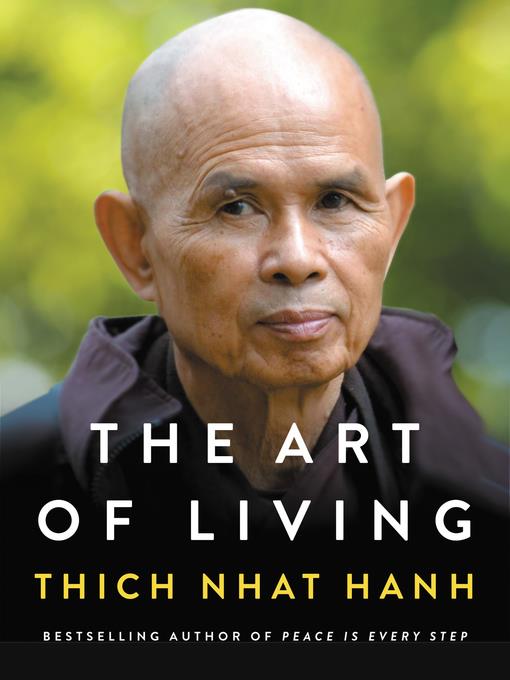
The Art of Living
Peace and Freedom in the Here and Now
کتاب های مرتبط
- اطلاعات
- نقد و بررسی
- دیدگاه کاربران
نقد و بررسی

August 1, 2017
Vietnamese Zen monk Hahn (Peace Is Every Step) has a long history of applying Buddhist principles to resolving conflict. Here, he employs seven techniques--which he unpacks as the habit of mindfulness--to everyday living. Hahn eschews attempts to find confirmation of Buddhist ideas in modern science or a vague mysticism. For instance, his discussion of emptiness could have easily devolved into one of quantum mechanics. Instead, Hahn provides a phenomenological exploration of the not-self, offering a pragmatic viewpoint. Each of the seven principles are interrelated and may be reread in no particular order. Those who have studied Buddhism extensively, as well as some practitioners, may dispute a number of the author's assertions (e.g., that obtaining enlightenment seems less rigorous than generally acknowledged), and his attempt to relate Christianity to Buddhism is somewhat Procrustean. However, Hahn's goal of being fully aware without separating the self from the world is well within Buddhist understanding. VERDICT Readers do not need to be familiar with Buddhism to appreciate Hahn's practical approach to life.--JW
Copyright 2017 Library Journal, LLC Used with permission.

May 15, 2017
Is living an art? Vietnamese Buddhist Zen master Thich Nhat Hanh argues that it is, though he acknowledges understanding this is compromised by three wrong views: that we are separate selves, that we are only our bodies, and that what we are looking for can be found only outside ourselves in a distant future. The pioneer in bringing Buddhism to the West offers three fundamental practices to liberate people from these misunderstandings: emptiness, signlessness, and aimlessness. To these he adds four other concentrations: impermanence, noncraving, letting go, and nirvana. He examines these at length, stressing the importance of mindfulness and the art of breathing. Fundamental to his philosophy is the interconnectedness of the world and the continuity of human life from past to future. We must exist in the moment when the art of living is, simply, knowing how to generate happiness at any time. If this exposition of Buddhist principles is occasionally redundant and reiterativeit is based on lectures edited by his studentsit is, nevertheless, a thought-provoking introduction to them.(Reprinted with permission of Booklist, copyright 2017, American Library Association.)

























دیدگاه کاربران